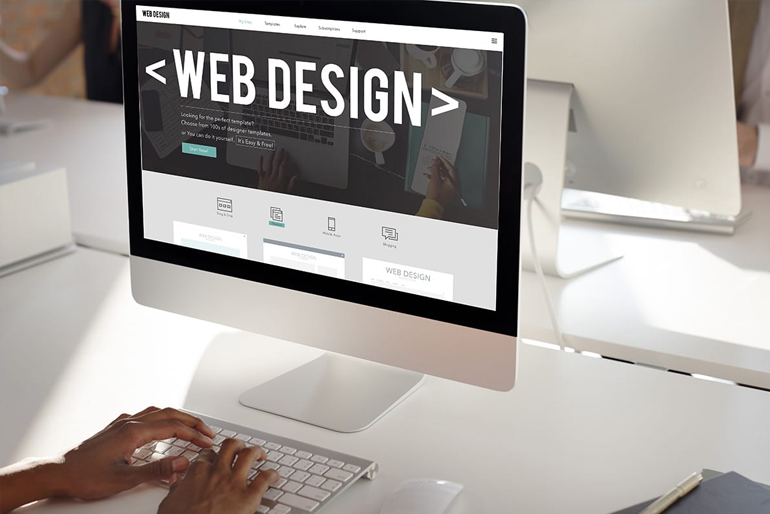The most important principles of web design
Web Design is the way to design innovative websites. It includes many different aspects, including layout, content, and architecture. Successful web architecture is often achieved using the concept of Web Design, which is determined by the website users and not website owners. A website can be used to promote a product or service or to sell goods and services. Good web design can increase website traffic, lead to better customer relationships, and improve brand awareness.
A few most important principles which will help you to create a good Web Design
Simple is the best: It may not fit with an over-designed website. Placing too many elements on the page could distract the visitor’s from your website’s main purpose. Simplicity always works when designing an effective web page.
Purpose: Every Website has a purpose behind the design. You should be aware of that purpose and it should meet the needs of the user. You should have a clear idea of what your visitors are looking for. This purpose should be reflected on all pages of the website. Know the purpose, but I’d say it should cater to the needs of users (Information, entertainment, interaction, etc.)
Communication: People on the web tend to want information quickly, so communicating clearly is important and making your information easy to read and digest. Some effective Wed Design tactics include: organizing information with headlines and sub-headlines, using bullet points instead of long windy phrases, and cutting the waffle.
Colours: Complementary colours, establish harmony and balance. Using contrasting text and background colours can make reading with the eye easier. Last but not least, white space or negative space gives your website a new, uncluttered look that is very successful.
Images: A picture can speak a thousand words, and choosing the right images for your website will help you place your brand and communicate with your target audience. If you do not have a professional of high quality on hand, consider buying stock images to improve the look of your website.
Mobile friendly: As more and more people use their mobile devices to browse online, you’re going to want to make sure that your website does render correctly regardless of how a user views your site.
Although your desktop version may look and work beautifully on a small screen, on a mobile device it can become impossible. Mobile-friendly sites rank better in mobile search, so you’ll want to make sure you’re on the mobile as well.
Website speed: Faster website loading would lower the bounce rate, boost user experience, and increase ranking for search engines. If you are an e-commerce site, the longer a user has to wait for pages to be loaded, your sales may suffer. More speed= More sales!
Navigation: Navigate the pages on a website properly to help viewers reach the page they are looking for. Because of the enormous pages on a website, visitors find it difficult to locate the exact one where they want to land when browsing it.
Typefaces: The ideal font size for easy online reading is 16px, and stick to a maximum of 3 typefaces in a maximum of 3-point sizes to keep your design smooth.
To Connect Our Experts:
Web: www.xynosoft.com
Mail @ support@xynosoft.com


